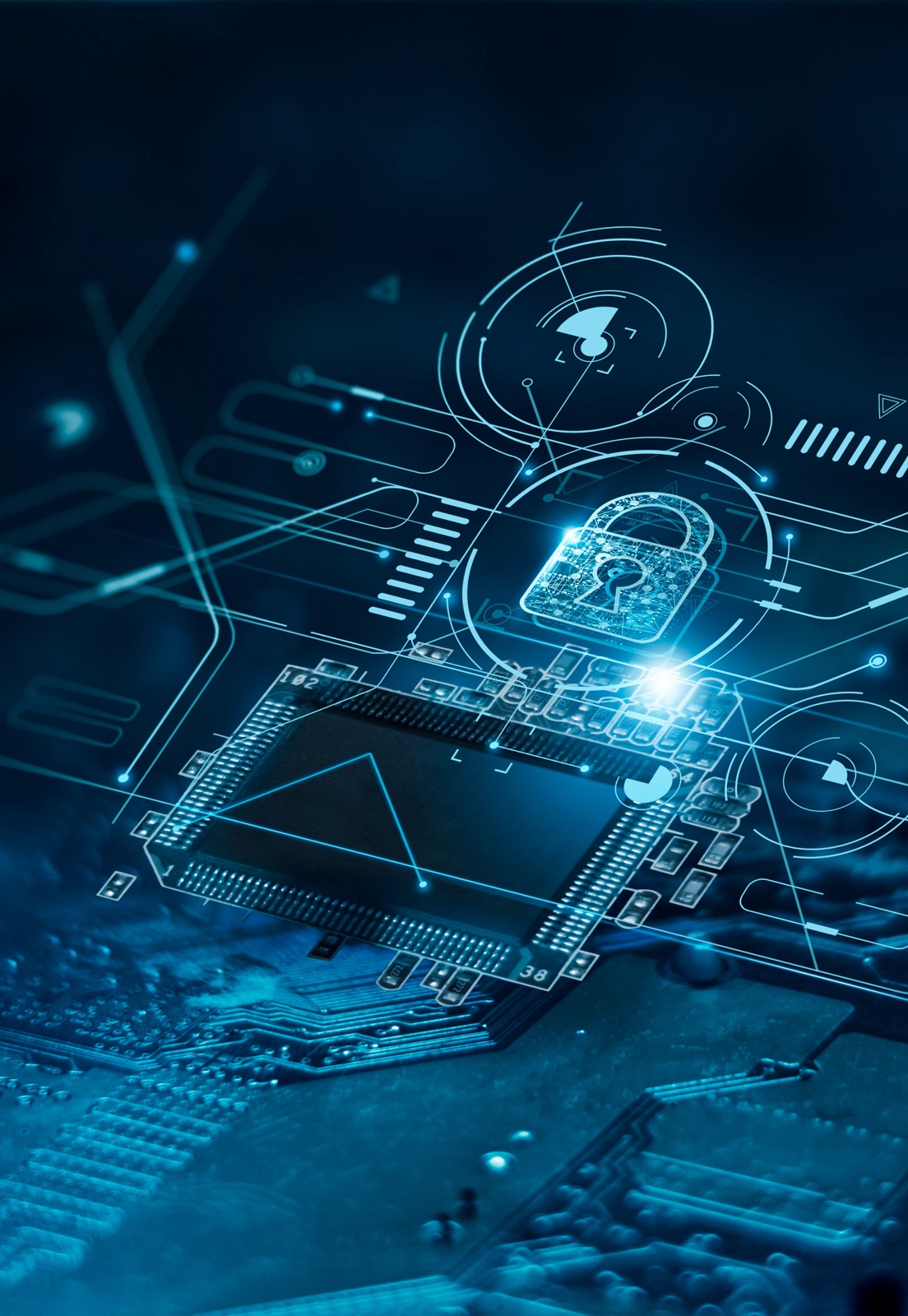
Managed service providers remain high-value targets. The biggest drivers of incidents today are (1) abuse of remote access tools (RMM and screen-sharing) and (2) identity takeovers that bypass legacy MFA. This playbook shows what to fix first—mapped to the minimum controls most cyber insurers expect.
Controls that actually move risk (and premiums)
- Identity and access: Enforce phishing-resistant MFA (FIDO2/passkeys) for all admins and any remote access; use Conditional Access; adopt Just-in-Time privilege (PIM).
- Remote tools (RMM/screen-share/help desk): Treat as Tier-0; lock down install and use; require SSO plus strong MFA; approvals and monitoring for privileged sessions.
- SaaS/OAuth hygiene: Disable end-user app consent; require admin workflows; allow only publisher-verified apps; disable legacy authentication.
- EDR/XDR and patching: Coverage on 100% of endpoints and servers; tight patch SLAs, especially for remote access tools and known-exploited issues.
- Backups: 3-2-1-1-0 with at least one immutable or air-gapped copy; quarterly restore tests.
- Logging and detection: Centralize identity, email, endpoint, RMM, firewall, and SaaS admin logs; keep about 12 months where feasible.
- Attack surface: Eliminate exposed RDP/admin portals; put anything sensitive behind VPN or Zero-Trust with strong MFA.
- Identity first: kill phishable logins
- Phishing-resistant MFA (FIDO2 security keys, passkeys, or certificate-based) for administrators, remote access, and any high-risk apps.
- Just-in-Time admin (PIM): No standing global admins. Use time-bound elevation with approvals and reason codes for Microsoft 365/Azure and other critical SaaS.
- Conditional Access: Require compliant devices for admin portals; block risky sign-ins (for example, impossible travel, unfamiliar locations); step-up MFA for sensitive actions.
- Rotate local admin passwords automatically (for example, Windows LAPS). Never reuse local credentials across machines.
- Disable legacy protocols (POP/IMAP/SMTP Auth/Basic) where possible.
Insurance lens: Carriers increasingly expect phishing-resistant MFA and privileged access controls before offering favorable terms.
- Remote tools (RMM, screen-share, help desk): treat as Tier-0
- Minimize footprint: Do not install RMM agents on Domain Controllers; avoid server installs unless strictly required.
- Control installation: Require signed agents; block user-installed remote tools via application control; alert on new remote-access binaries.
- Access policy: Enforce SSO with phishing-resistant MFA; restrict by IP/VPN; log and record privileged sessions where feasible.
- Approvals and dual control: Require approvals for high-risk actions (script deployment, registry edits, mass uninstalls).
- Break-glass: Maintain out-of-band communications and separate credentials for emergencies; rotate immediately after use.
- Help-desk SOPs (anti-social-engineering):
- No password resets, factor enrollments, or privilege changes via chat or ticket alone.
- Call back only to pre-verified numbers; use multi-person approval for privilege escalations.
- Require stronger proof for admin-level requests (for example, manager approval plus callback).
- SaaS and email: clean up OAuth/app consent
- Disable end-user consent to third-party apps; route through admin consent workflows.
- Allow only publisher-verified apps; review scopes and restrict by assignment.
- Apply Conditional Access for admin changes (app registration, security info, token lifetimes).
- Block legacy or less-secure access and enforce modern OAuth across mail and file services.
- Allowlist only the external apps you trust; review OAuth grants regularly.
- Endpoint, patching, and EDR/XDR
- EDR/XDR everywhere: all workstations, servers, and supported mobile devices.
- Patching SLAs: critical vulnerabilities in days; remote-access tooling and known-exploited issues in hours when active exploitation is observed.
- Baseline configuration: Use CIS Controls (IG1/IG2) for asset inventory, secure configuration, vulnerability management, and malware defenses.
- Application control for admin tools and scripts.
- Backups that survive ransomware
- 3-2-1-1-0: three copies, two media, one offsite, one immutable or air-gapped, zero untested restores.
- Immutability: Use storage features such as object lock or WORM where available.
- Test restores quarterly to real RTO/RPO targets and document results.
- Logging and detection that responders can use
Centralize and retain the logs that tell the story:
- Identity (authentication, MFA changes, privilege changes)
- Email (delivery, impersonation detections, rule or forwarding changes)
- Endpoints and EDR telemetry
- RMM and admin actions (script runs, tool deployment, session starts and ends)
- Firewall and VPN or Zero-Trust access
- SaaS admin and audit logs (app-consent changes, mailbox permissions, file-sharing policy changes)
Aim for approximately 12 months of searchable retention where feasible; at minimum, meet regulatory and contractual needs and your incident-response partners’ requirements.
- Internet-exposed attack surface
- Eliminate exposed RDP and management interfaces.
- Put admin portals and sensitive apps behind VPN or Zero-Trust with phishing-resistant MFA and device checks.
- Scan your public footprint regularly; alert on new services and certificate changes.
- Use strong DNS, TLS, and email authentication (SPF, DKIM, DMARC) with enforcement.
Quick audit checklist (use with your PSA/RMM)
- Phishing-resistant MFA enforced for admins, remote access, email, and RMM
- PIM or JIT configured; standing global admins = 0
- RMM hardened (install controls, SSO plus MFA, no Domain Controllers, approvals, alerting or recording)
- App consent locked down; legacy authentication disabled
- EDR/XDR on all endpoints and servers; patch SLAs defined and met
- Backups follow 3-2-1-1-0; quarterly restore tests documented
- Central logging with about 12 months retention; alerting on identity and RMM events
- No exposed RDP or admin portals; regular external scans in place
Cyber-insurance alignment
Underwriters increasingly ask for evidence of the controls above before binding or to remove sub-limits. If you need a concise, MSP-friendly list to share with clients, see: Cyber Insurance Requirements: The Minimum Controls Checklist (for SMBs and MSPs).